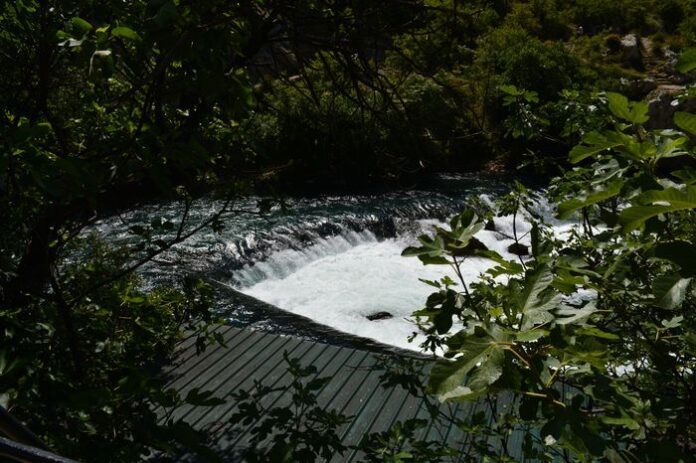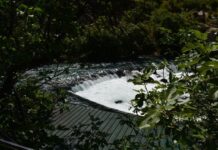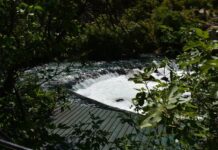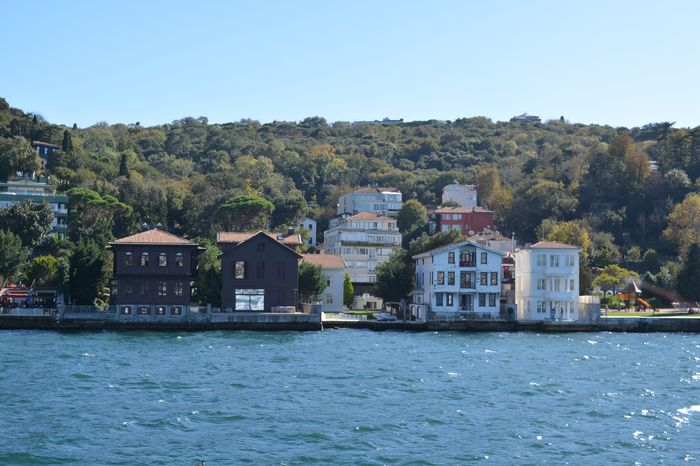After the Kerko Porta, the Theodosian Walls, which were the main line of defense for Constantinople, did not continue in a straight line. Historians have proposed two main theories about how these walls might have extended toward the Golden Horn on the north-western side of the city. Each theory suggests a different path and has its own historical and physical evidence The Fortifications.
View One Walls Followed the Eastern Spur of the Sixth Hill
According to the first theory, the Theodosian Walls turned northeast after passing the Kerko Porta. They are thought to have followed the eastern spur of the Sixth Hill, eventually ending near the modern-day area of Balat Kapoussi (or Balat Ivapoussi).
Supporters of this view believe that the area called Blachernae, which was outside the city until 627, was located between this eastern spur and the future line of the Walls of Manuel Comnenus and Heraclius. According to this view, the quarter of Blachernae lay outside the Theodosian Walls during the early Byzantine period.
View Two Walls Enclosed the Western Spur of the Sixth Hill
The second theory suggests that the Theodosian Walls were extended northwards, wrapping around the western spur of the Sixth Hill. This would mean that the area of Blachernae, including the famous Church of the Theotokos, was in an open plain, not protected by any city walls at that time.
This plain stretched from the base of the western spur all the way to the Golden Horn, and is now where the Aivan Serai district is located. This view implies that the area was more exposed in early centuries, possibly explaining later additions to the city’s defenses.
Supporting Evidence for Both Views
Each theory is supported by specific kinds of evidence:
For the first theory, one strong point is that the Theodosian Walls clearly bend northeast as they approach the Kerko Porta. If extended further in that same direction, they would reach the Golden Horn near the Greek Church of St. Demetrius, which lies west of Balat Kapoussi. This matches the general direction of the wall.
The second theory is based on physical remains. There are still visible traces of old fortifications that appear to enclose the western spur of the Sixth Hill. Also, the moat of the Theodosian Walls continues in the direction of Aivan Serai until it meets the Wall of Manuel, which crosses it. These traces suggest that the walls may have extended further than previously believed Istanbul Tour Guides.
Interestingly, some remains of these early walls are found behind the Wall of Comnenus, and some are even located north of it, indicating multiple phases of fortification over time.
The true path of the Theodosian Walls after the Kerko Porta remains debated. While one theory suggests the walls turned northeast toward Balat, the other proposes they went north to enclose the western side of the Sixth Hill. Each idea is supported by historical records and visible ruins, showing how complex and layered the city’s fortifications really were. Further research and archaeological findings may one day provide a clearer answer.







